Casa Mila is a structure located in the city of Barcelona, Spain, designed by Antoni Gaudi. Built in 1906, it is one of Gaudi's most important works and is listed as a UNESCO World Heritage Site.
Casa Mila is one of the best examples of Gaudi's organic architectural style. The exterior of the building is decorated with natural stones and iron bars. These decorations are designed with inspiration from natural elements such as seashells, plants, and animals.
The interior of Casa Mila also reflects Gaudi's organic style. The stairs, walls, and ceilings inside the building are decorated with natural forms and colors. This design gives visitors an experience of a nature journey.
Casa Mila is not only important from an architectural perspective but also from a historical perspective. The building was constructed during Barcelona's modernization period and reflects the social, cultural, and economic structure of that time.
Today, Casa Mila is one of the most visited places by tourists. The building offers visitors an unforgettable experience as both an architectural wonder and a historical monument.
Casa Mila: Historical Heritage of Barcelona
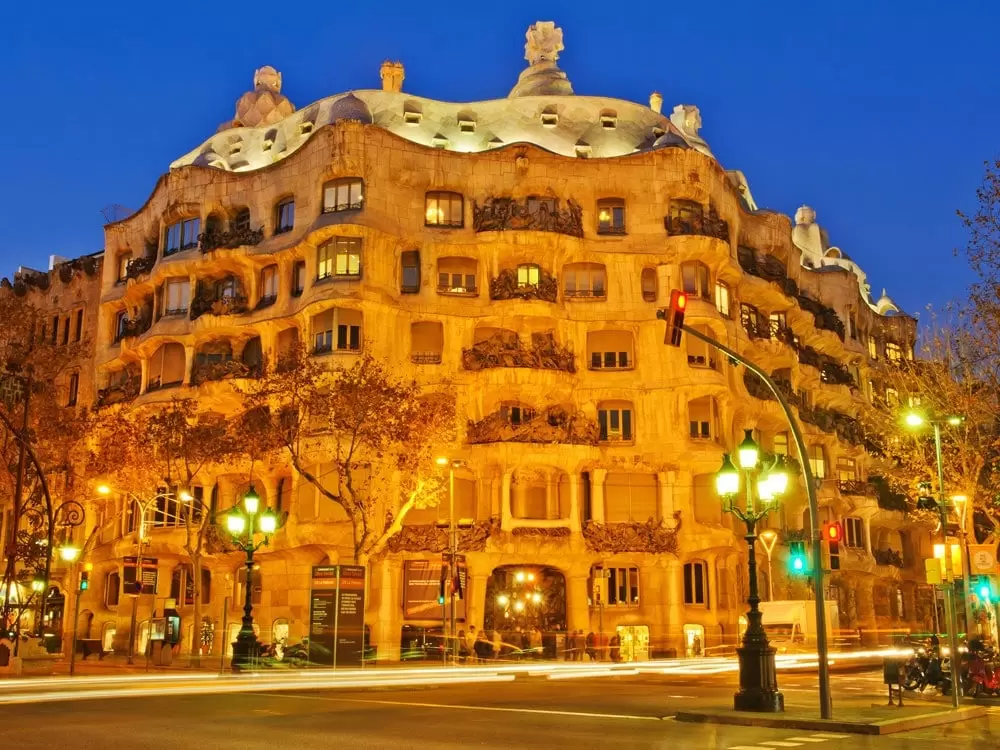
Barcelona is one of Spain's most touristy cities and is famous for its historical heritage. One of the most important of these heritages is Casa Mila. Casa Mila was designed by Antoni Gaudi and built between 1910-1912. This building is one of the most important examples of modernism and has been recognized as a World Heritage Site by UNESCO.
Casa Mila is a structure inspired by nature and organic forms. The exterior of the building has a wavy appearance resembling a sea surface. This wavy appearance is also reflected in the shapes of the rooms inside the building. Unlike other buildings of its time, Casa Mila was built using modern materials such as steel and concrete.
Inside the building, there are also furniture and decorations designed by Gaudi. Casa Mila has been used for many different purposes. First, it was built as an apartment and still hosts many apartments today. In addition, the rooftop of the building is used as an open-air museum. Here, sculptures and structures inspired by organic forms by Gaudi are exhibited.
Casa Mila is one of the most important structures among Barcelona's historical heritages. Gaudi's design is considered one of the most important examples of modernism. The furniture and decorations inside the building also reflect Gaudi's artistic vision. Casa Mila is one of the most popular places visited by tourists and contributes to the cultural richness of Barcelona.
Antoni Gaudi's Unique Work: Casa Mila
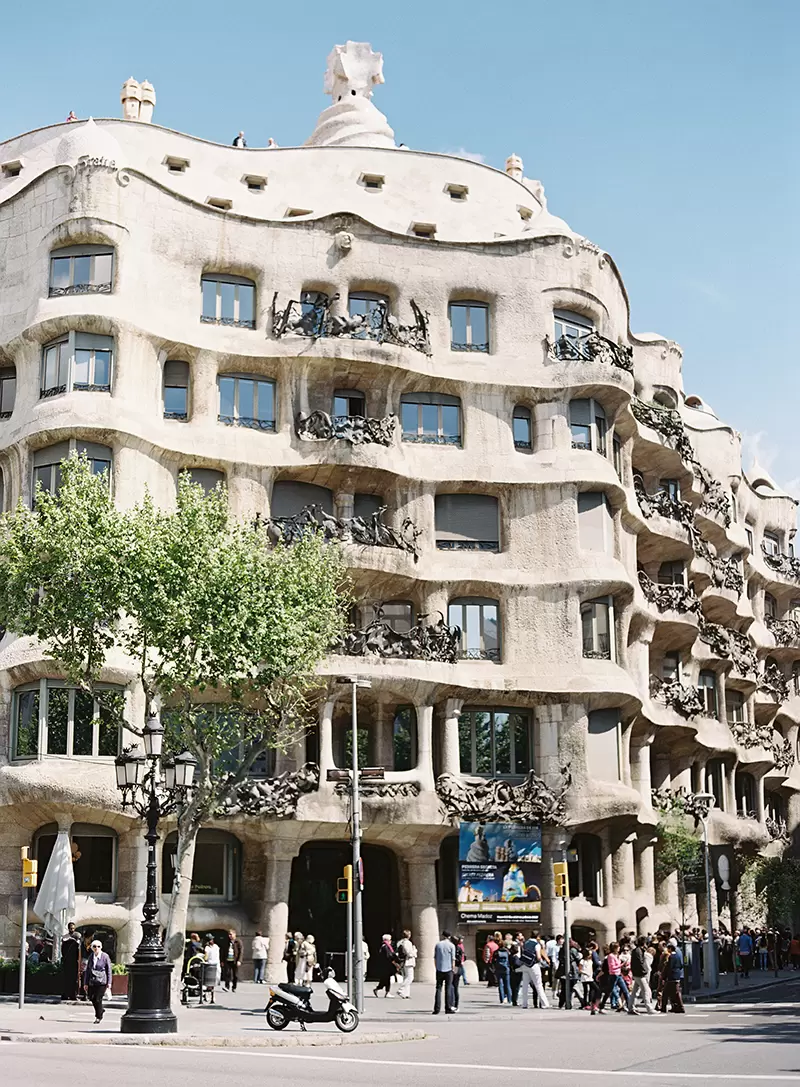
Antoni Gaudi is one of the leading figures of modernism. Gaudi, who lived in Barcelona, Spain, is known worldwide for his work in architecture. Casa Mila, one of Gaudi's most important works, has an important place in architectural history.
Casa Mila began construction in 1906. Gaudi designed this building inspired by organic forms in nature. The exterior of the building stands out with its wavy lines and organic form. Casa Mila is one of the best examples of Gaudi's organic architectural understanding.
Casa Mila also draws attention with its interior spaces. The stairs, walls, and ceilings inside the building are decorated with organic forms. Gaudi aimed to enable people to live in harmony with nature by using organic forms in this building.
Casa Mila has an important place in architectural history. The building is considered one of the leading works of modernism. Gaudi's organic architectural understanding is reflected in Casa Mila in the best way possible. The building is an important point of visit for architecture students and enthusiasts.
In conclusion, Antoni Gaudi's work, Casa Mila, has an important place in architectural history. The building was designed inspired by organic forms in nature. Casa Mila is one of the best examples of Gaudi's organic architectural understanding. The building is an important point of visit for architecture students and enthusiasts.
The Convergence of Art and Architecture at Casa Mila
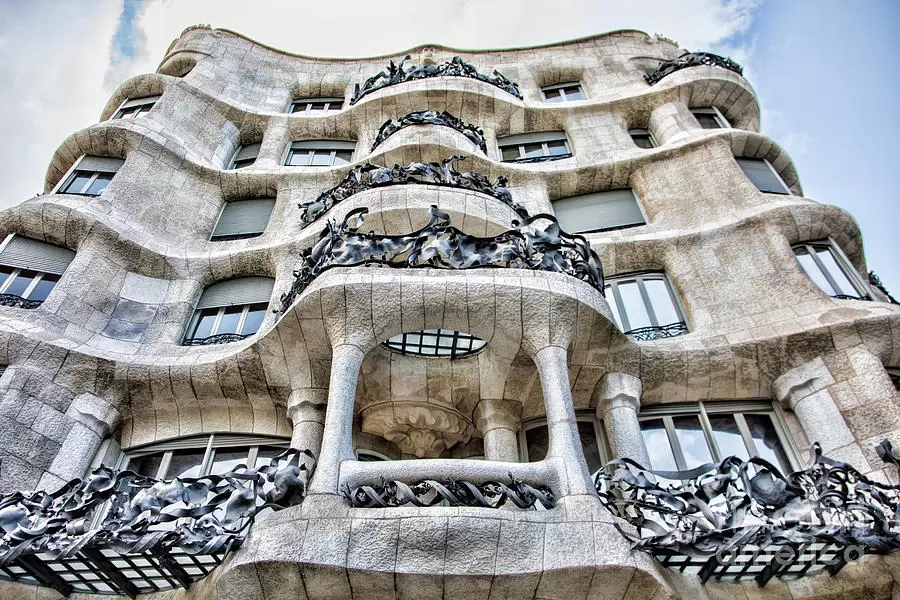
Casa Mila is a building located in the city of Barcelona, Spain, designed by Antoni Gaudi. The building is considered one of Gaudi's most important works and is known as a place where art and architecture meet.
Construction of Casa Mila began in 1906 and was completed in 1912. The building had a design that was ahead of its time and was one of the best examples of Gaudi's organic architectural style. The building has a wavy appearance resembling a sea surface when viewed from the outside. This wavy appearance gives the building an organic feel and indicates that Gaudi was inspired by nature.
The interior of Casa Mila is as impressive as the exterior. The building is adorned with many works of art and, in keeping with Gaudi's design philosophy, natural forms and organic shapes were used. The stairs, walls, and ceilings inside the building are decorated with organic shapes that imitate natural forms.
Casa Mila is not just a building, but also a work of art. Gaudi saw architecture as an art form and designed Casa Mila with this philosophy in mind. The building is a place where art and architecture meet and offers visitors a fascinating experience.
In conclusion, Casa Mila is a building where art and architecture meet. The building, one of the best examples of Gaudi's organic architectural style, is decorated with natural forms and organic shapes. Casa Mila is not just a building, but also a work of art that offers visitors a fascinating experience.
Casa Mila: Traces of Modernism
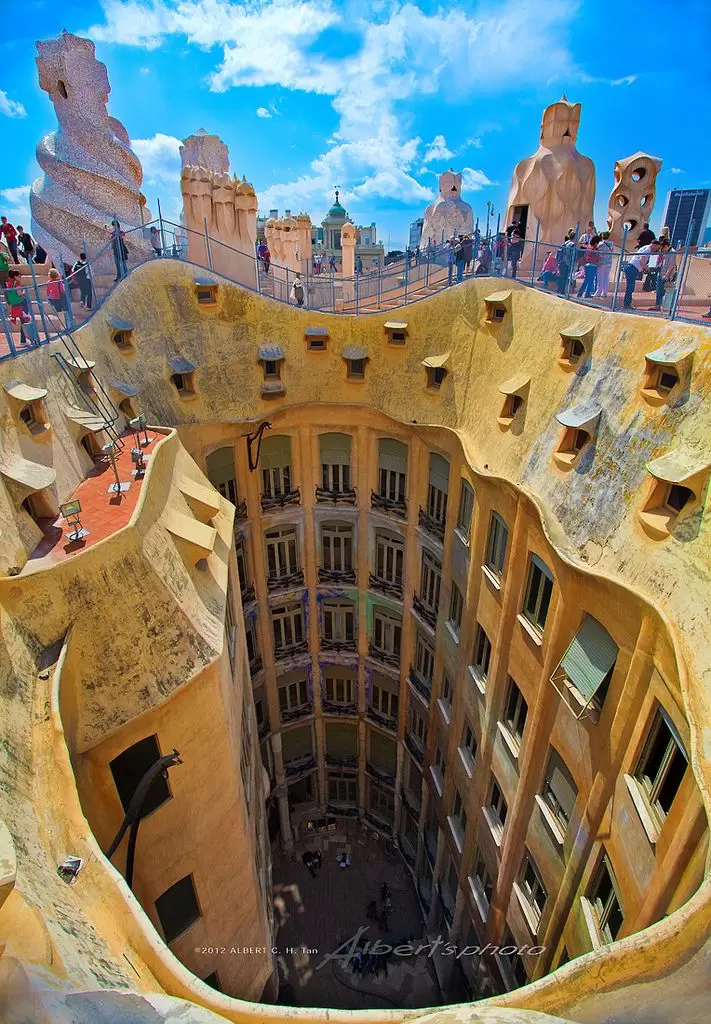
Casa Mila is one of the most important structures of modernism located in the city of Barcelona, Spain. Designed by Antoni Gaudi, this building was constructed in 1906. As a structure that carries traces of modernism, Casa Mila has an important place in the architectural world.
One of the most striking features of Casa Mila is the use of organic forms. By using organic forms of nature, Gaudi made the building naturally compatible with the environment. These organic forms are also used in the exterior and interior spaces of Casa Mila. The wavy lines on the exterior of the building reflect the dynamic and organic structure of nature.
The interior spaces of Casa Mila also carry traces of modernism. The interior spaces of the building are full of natural light and shadow play. These light and shadow plays give the building a different dimension. In addition, the furniture and decoration materials used in the interior spaces of Casa Mila also carry the characteristics of modernism.
As a structure that carries traces of modernism, Casa Mila has an important place in the architectural world. The organic forms, natural light and shadow plays, and characteristics of modernism are reflected in the building. Casa Mila is considered one of the most important structures of modernism in the architectural world.
The Secrets of the Past in Casa Mila
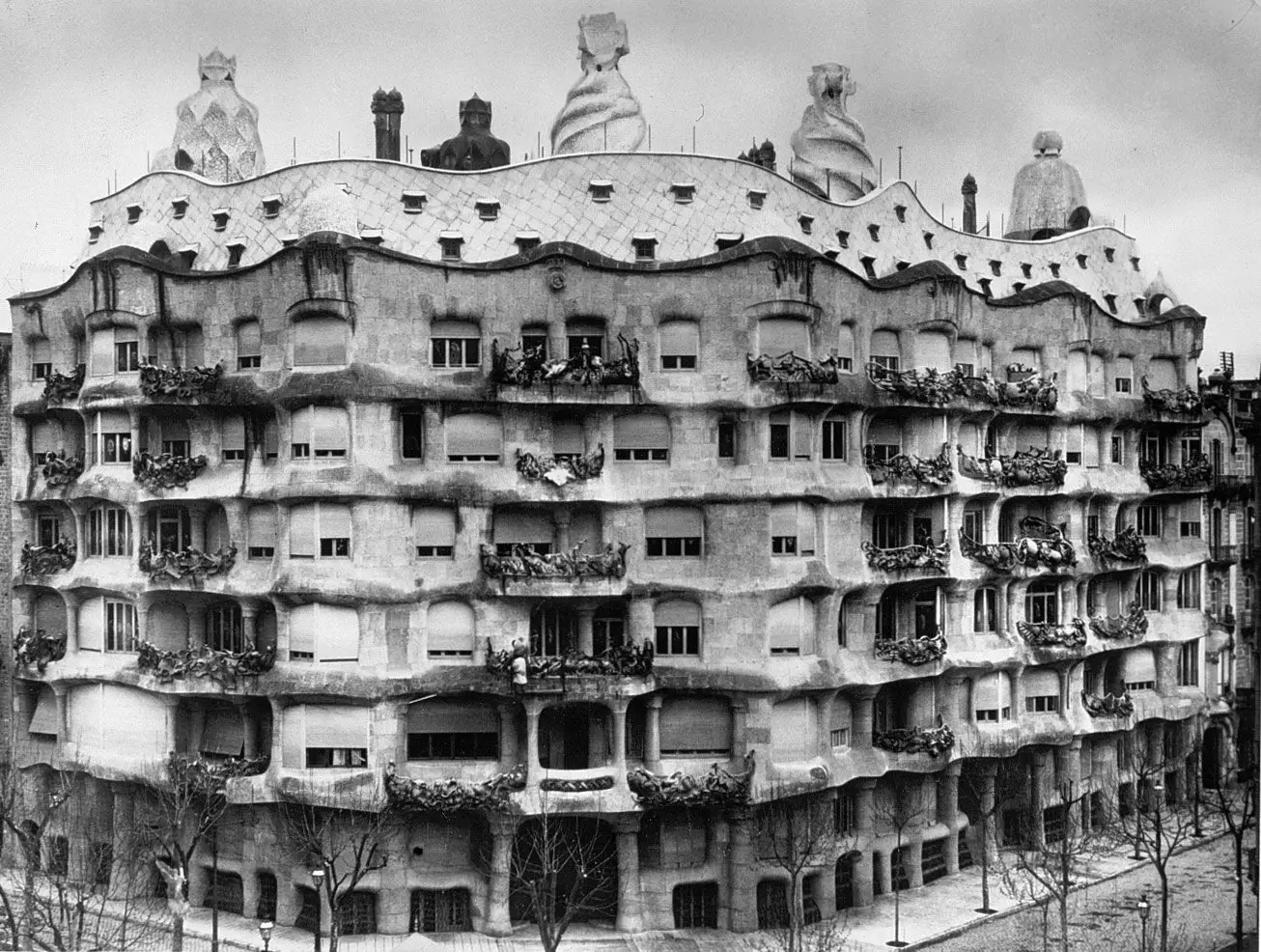
Casa Mila is a structure located in the city of Barcelona, Spain, designed by Antoni Gaudi. The structure is considered one of Gaudi's most important works and has been declared a World Heritage Site by UNESCO. Casa Mila is a very interesting architectural structure and contains many secrets within.
Construction of Casa Mila began in 1906 and was completed in 1912. The structure is one of the best examples of Gaudi's organic architectural style. The exterior of the structure was designed using natural stones and iron bars, giving it an organic appearance.
There are also many secrets hidden inside Casa Mila. One of the most interesting features of the structure is the staircase well. This well is located in the center of the structure and rises in a circular shape. The walls of the staircase well are decorated with organic shapes, reflecting Gaudi's connection to nature.
One of the most famous parts of Casa Mila is the roof. The roof is decorated with organic shapes and contains many sculptures and figures. These sculptures and figures reflect Gaudi's connection to nature and give the structure an organic appearance.
Casa Mila is one of Gaudi's most important works and contains many secrets. The structure's organic architectural style and connection to nature have an important place in the architectural world. Casa Mila is one of Barcelona's most important tourist attractions and is visited by thousands of tourists every year.

Comments